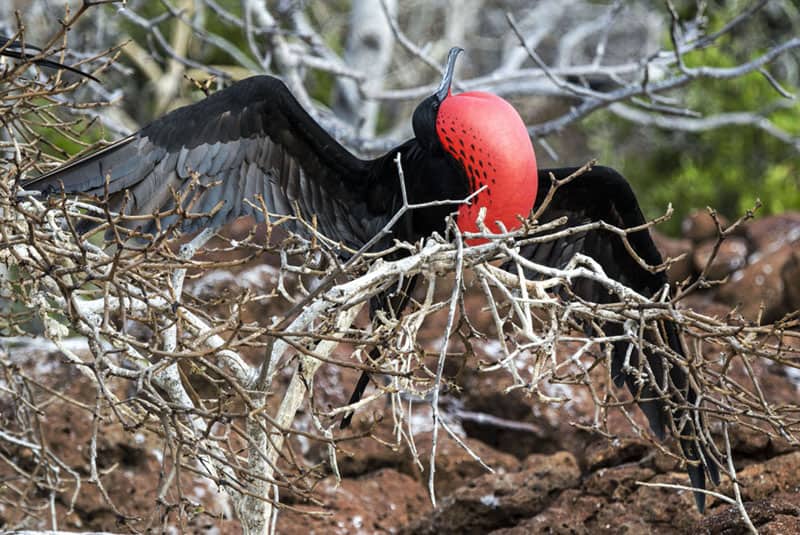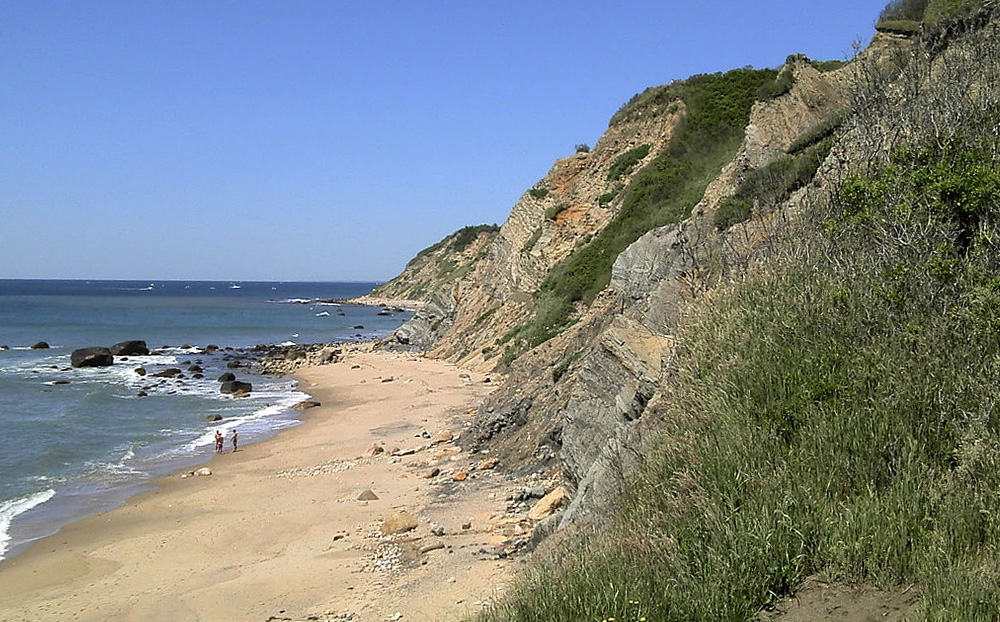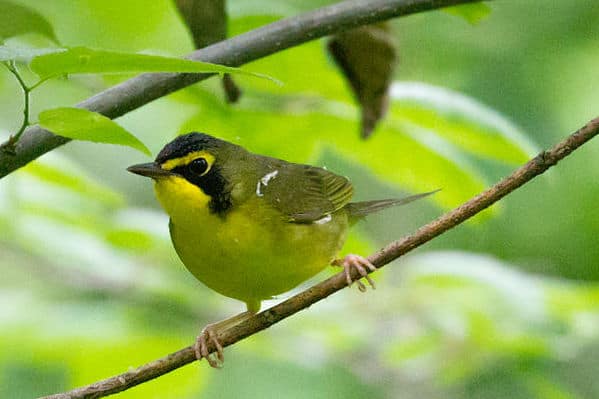“Kingfisher,” two women shout simultaneously pointing skyward. They’re referring to a solitary bird flying directly overhead. How they can determine a bird’s species from such an overhead distance while peddling in a pack of a dozen or so bicycles is beyond me. Not that I would recognize a kingfisher, but I look up just the same to see a white and dark blue bird speed by above.
What is a non-bird enthusiast like me doing here at Ding Darling Wildlife Refuge on Sanibel Island—a well-known bird sanctuary and mecca for bird watchers from all over the world?
Jay Norwood Darling
Turns out, there is plenty to see and do here, even for those of us that don’t know a raven from a writing desk. The official name is J.N. “Ding” Darling National Wildlife Refuge, named after Jay Norwood Darling, an avid outdoorsman and an editorial cartoonist in the early 1900s. The refuge is often simply called Ding Darling, using the nickname “Ding” derived from a shortened version of his last name. In 1945, Darling successfully persuaded President Harry S. Truman to sign an executive order to block the sale and development of a parcel of land on Sanibel Island. In 1967, to honor his pioneering conservation efforts, the refuge was named after him.
Ding Darling Days
To commemorate his contribution, every year Ding Darling Days takes place for a full week in October. The refuge celebrates Darling’s birthday by encouraging guests to visit and experience many of the refuge’s features for free, or at a reduced rate.
The bike tour was the activity for me. It is an awesome opportunity to get out and see the natural side of Florida’s coastal area at a good pace. Normally, Wildlife Drive, the main thoroughfare in the refuge, is not open on Fridays to allow for routine maintenance and to give the wildlife a rest from constant traffic. But on this day, only one of two days per year (the other being Earth Day), it is open to bikers and hikers only.
Our tour leader is refuge Ranger Toni Westland, a 14-year veteran of the refuge, and an enthusiastic wealth of information on everything, from the yellow-crowned night-heron, to the lone crocodile who visited the refuge for 30 years. She knows where to look and what to look for, and her keen eye spotted things along the route most of us would never have seen otherwise.
Wildlife Drive
Setting off along Wildlife Drive, we stop at a bridge culvert to watch manatees swim in the current nearby. Birders in the group are spotting little blue herons, white ibises, willets, wood storks and black-bellied plovers. Toni explains that we’re in the refuge at what is pretty close to high tide. Low tide, however, is the optimal time to observe wildlife. In fact, one of the refuge’s phone menu options is a listing of the day’s high and low tides. It’s that important.
About a mile or so in, we park our bikes at the Mangrove Overlook and take a stroll down a boardwalk nestled among the mangroves. Crabs, spiders and snails abound here and we stop to observe them in their natural habitat.
The boardwalk leads to a platform overlooking an expansive inland waterway. An anhinga swims smoothly across the water, then dives and disappears beneath the surface. We hear an osprey squawking noisily in its nearby nest. In the distance, fishermen on a flats boat cast nets.
Leapin’ Mullet
Nets are the only way to catch the teeming mullet, which are herbivores and not tempted by bait on a hook. When we all are quiet, the only sound is the constant watery slap of mullet jumping. Every three to four seconds, another jumps. “Holy mullet!” Toni exclaims. We watch one mullet leap eight times, like a rock skipping across the water. Why they jump seems to be a matter of some speculation, but one explanation, that they do it just because it’s fun, seems to satisfy the group.
We ride a little further to the observation tower to get a view from up high. A great blue heron flies low over the water, and mullet jump beneath its shadow trail on the water. It’s easy to see why the more than 245 species of birds like it here. The fishing is good and the living is easy in a refuge where more than 6,400 acres of land is protected.
Indigo Trail
On the way back, we turn off the paved road to take the crushed shell Indigo Trail. Along this trail, we spot partially submerged alligators minding their own business. Because the refuge staff and volunteers have done such a good job of educating visitors about not harassing or feeding the alligators, they do not even blink at us as we observe from a safe distance. That’s the way it should be. Alligators who’ve been fed by humans might come looking for a handout.
Satisfied the alligators are behaving like alligators should, Toni tells us how nearby Sanibel School has access to the refuge through the back gate. Teachers can conduct lessons on the Wildlife Education Boardwalk, or they can simply take a nature walk.
A call comes in over Toni’s radio—something about “dropping a monitor.” She explains that the refuge rangers are dropping water quality monitors in the waters near the refuge. Satellites can upload data needed for monitoring the water quality, currently threatened by fresh water releases from Lake Okeechobee. This is a local hot button, so it’s comforting to know they’re involved. The staff truly cares about the environment and protecting wildlife. They actually volunteer to go out once a year on a dark night to count alligators!
The Place to Learn
Upon our return to the Education Center, we are treated to cake in celebration of Ding Darling’s 140th birthday. Here, visitors are free to explore more about the conservationist “Ding” Darling himself, learn about the migratory flyways and the National Wildlife Refuge system, watch a short movie, ask questions, or visit the gift shop. Interactive exhibits and hands-on stations for children allow visitors to learn about the numerous birds and wildlife that call this slice of paradise home.
Biking is just one way to get around in the refuge. Hiking is another way, or, on any day but Friday, driving through in a car is an option.
Tarpon Bay Explorers
Another option for discovering the refuge is a tram tour, offered by Tarpon Bay Explorers. Riding in a tram lets riders observe and take pictures without the hassle of driving. Tarpon Bay Explorers also has bikes, stand-up paddle boards, canoes, kayaks, pontoon boats, and fishing equipment for rent. Also available is a Nature & Sealife Cruise, and kayak and stand-up paddleboard tours. Visit tarponbayexplorers.com or call 239-472-8900.
For the Birds
Back to the question then, of why a non-birder would be interested in going to Ding Darling. Perhaps, the refuge might just make a bird lover out of you. If not, Ding Darling Wildlife Refuge will certainly make a bird appreciator out of you. To be sure, the refuge is about birds, but it’s also a place to learn about the wonderful world around us. Even a 30+ year area resident can learn a few things.
Did You Know?
- The difference between a national park and a national wildlife refuge is a national park is designed with the visitor in mind—a place where the visitor is central to the visit, making sure they see and experience the natural wonder of the place. A wildlife refuge is designed with the wildlife in mind—a place where the wildlife is central to the mission, making sure it is preserved and protected.
- If you spot a roseate spoonbill while you’re there, know that this species turns pink with age; flamingoes turn pink with diet—mostly shrimp.
- An estuary is where salt water meets fresh water.
- Mangroves are the only plant species that grow in saltwater.
- The return of American white pelicans to Sanibel ushers in winter to Florida—they are the ultimate snowbirds.
- The term mangrove comes from the phrase “mangled grove.” Indeed, from the boardwalk, looking across from underneath the canopy of the mangrove forest, it is seemingly impossible to cross by human foot. Birds, fish, crabs, and other wildlife that live in these coastal zones find it wonderfully easy to live, feast, and hide there.
- Ding Darling National Wildlife Refuge was the first in the U.S. to establish a smart phone app to use while exploring the refuge. Discover Ding is a free app for iPhones and Androids. Use it to access information and play discovery games.
- To determine the length of a gator (from a safe distance), estimate the distance between the ridge of the gator’s eyes and the tip of its nose. Each inch represents a foot of growth. So, for example, 8 inches between eyes and nose = an 8-foot gator. There is no way to determine their age and there is no real way, while a gator is alive, to determine its gender. The male and female look virtually the same.
- The mangrove cuckoo is considered the “holy grail” for many birdwatchers and if you’re lucky you might spot one at Ding Darling.
- Ding Darling National Wildlife Refuge sees over a million visitors per year.
Whether you have time only for a quick drive through or a full day of leisurely exploring, a trip to Sanibel’s J.N. “Ding” Darling National Wildlife Refuge is well worth the effort. We can all be grateful for the foresight and perseverance of men and women like “Ding” Darling, who have made it their mission to conserve and protect America’s natural treasures.
If You Go
The refuge is located at 1 Wildlife Drive, Sanibel, FL. Visit www.fws.gov/dingdarling or call 239-472-1100 for more information.




